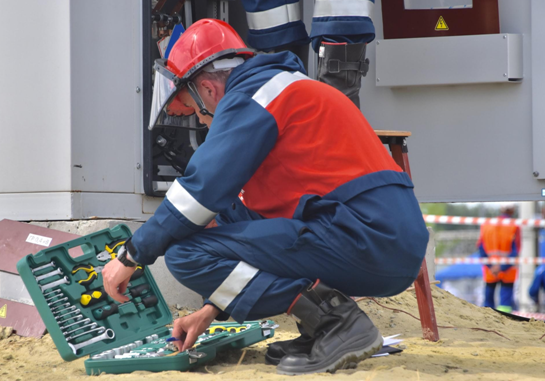Advice for Upgrading From Reactive to Preventative Maintenance

Surprise repairs are costly. They often interrupt workflow, halting essential operations and distracting team members’ attention and precious productivity. Such incidents can also require high emergency maintenance costs that can strain budgets.
As productivity demands increase to meet the demands of a fast-paced world, not only are accidents more likely to occur, but they can be more destructive than before. Adopting preventative, as opposed to reactive, maintenance strategies is your only option to keeping your business efficient.
Reactive vs. Preventive Maintenance
Preventive maintenance is running routine maintenance and testing assets for signs of early damage. This strategy allows you to detect issues early and avoid unexpected equipment failure or critical downtime. Preventive maintenance also relies on records and systems to predict problems, enabling you to prepare for equipment downtime, replacement, or repair.
Alternatively, reactive maintenance comprises repairing components only when required. Little to no regular maintenance is performed, and equipment is repaired or replaced once failures occur. While typical, this short-term approach is costly. Reactive maintenance often incurs higher costs due to increased downtime plus the cost of the component and equipment replacements.
Track Maintenance Histories
Preventive and reactive maintenance strategies require different record-keeping procedures. Reactive maintenance systems entail logging and cataloging equipment repairs and parts replacements for inspection and insurance purposes. Preventative maintenance systems take reporting a step further by recording regular check-ups. These records often include equipment status details to analyze and use for failure-prevention.
Creating separate databases for each piece of equipment or component is essential if you deal with complex machines. Your database should include assigned in-house and contractor technicians, failure types, incident and failure frequency, and repair or check-up dates. The more extensive your database is, the easier it is to assess machinery and equipment integrity and budget for maintenance and operational costs.
Record Costs
In addition to recording maintenance histories, monitoring maintenance and replacement costs is essential. Tracking these costs enables you to budget spending, estimate equipment and component costs, and identify which assets have a negative return on investment.
On its surface, this might seem like an easy task. However, when considering insurance costs and liabilities, downtime, a temporary replacement, and load shift, keeping an accurate spending record becomes nearly impossible. These tasks are evermore tedious when relying on paper maintenance financial records or non-specialized, old-school spreadsheet software.
Digitize Systems
While keeping extensive equipment and component financial and maintenance records is essential to monitoring equipment quality and costs, these reports can be time-consuming to input, manage, and analyze manually. A great way to automate record-keeping and seamlessly transition from reactive maintenance systems to preventive systems is using a digital maintenance management system or a CMMS.
Using a well-developed preventative maintenance management software allows facility managers to schedule regular equipment check-ups, record regular maintenance reports and repairs, track costs, analyze predictive failure data, and determine equipment costs in one convenient, easy-to-use platform.
Implementing the Right Maintenance Strategy
Regardless of the type of business you manage, assets require maintenance. Preventative strategies are necessary for scheduling routine servicing, and tracking repair and replacement costs more efficiently. In contrast, reactive maintenance approaches make tracking and analyzing these critical areas more difficult.
Understandably, switching from a simple reactive maintenance system to a complex preventative one can be challenging. However, the key is taking small but measured and consistent steps toward reforming internal procedures. Over time, a preventative approach can save precious productivity hours and costs that once before slipped between the cracks of messy budgeting and urgent expenses.




